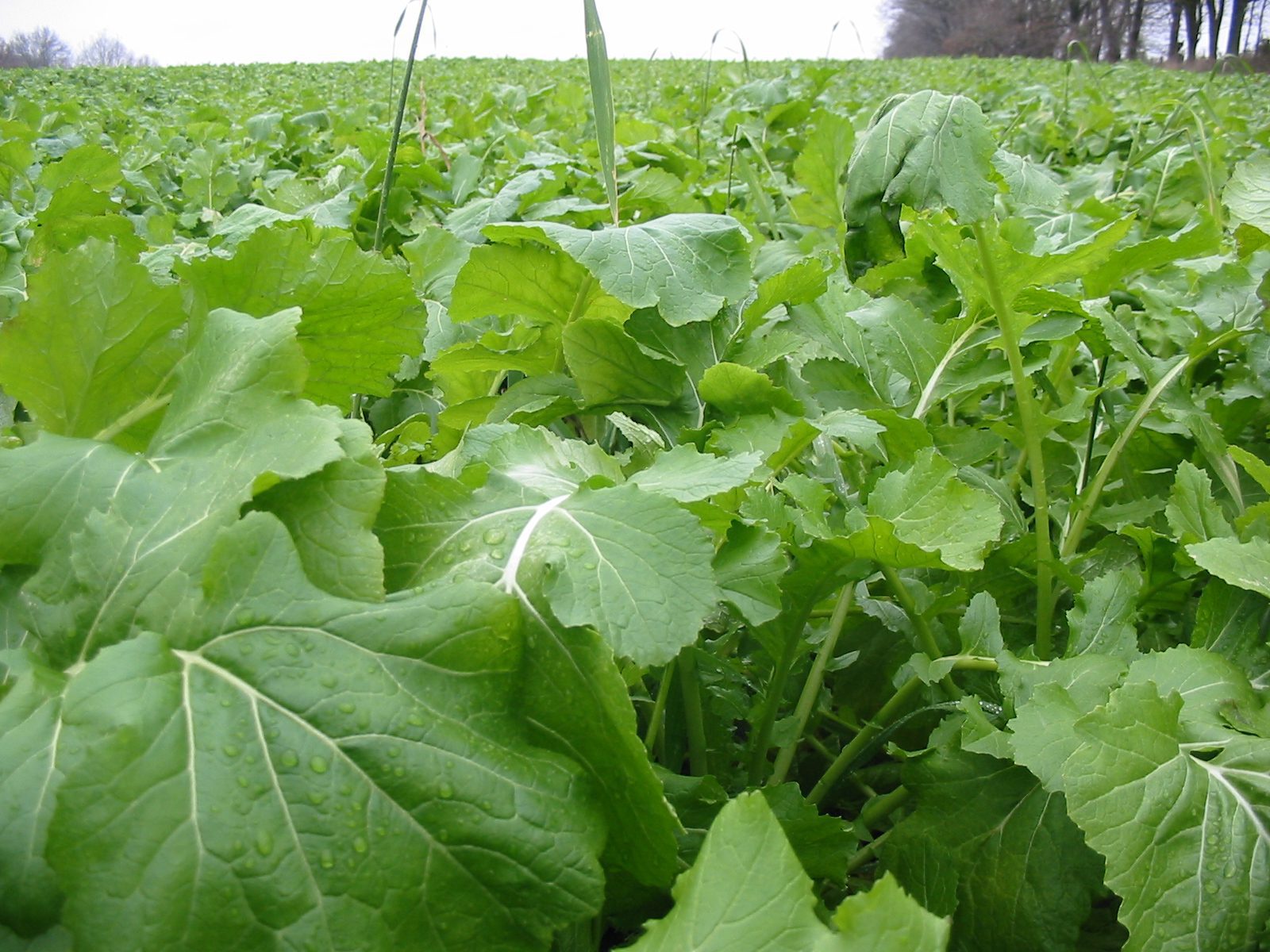T-Raptor is an early maturing hybrid brassica, a cross between a forage turnip and a forage rape, with 50-70 day maturity. T-Raptor exhibits a leafy growth habit (higher leaf-to bulb ratio) and is well-suited to grazing. T-Raptor is an excellent late-summer feed source, and a good supplement for late summer periods when cool-season forage grasses slow in production.
Adaptation– Climate Widely adapted throughout the United States. Can be planted in spring or late summer.
Adaptation– Soil T-Raptor requires good soil drainage and a pH between 5.3 and 7.5. Responds well to fertilizer.
Uses Under good management, it can be grazed once a month. T-Raptor is an excellent late summer feed source, and a good supplement for late summer periods when cool-season forages grasses slow in production.
Establishment Seed should be planted in a firm, moist seedbed. T-Raptor can be broadcasted or drilled with 6 to 8 inch rows. It is very important not to plant the seed too deep; one-eighth of an inch on well-firmed soil will work best. To prevent disease and pest problems, brassicas should not be planted more than two consecutive years in the same location.
Management T-Raptor can be sown in spring or late summer. It is quick to establish, ready for first grazing 6-8 weeks after planting. Strip-grazing prevents both yield and quality losses due to tramping and polluting. It is also important not to overfeed the cattle when they are first allowed to graze the crop. High dry matter intake of brassicas can cause health problems. Stock should be allowed to adjust to the change of diet. Supplementing with other forages is essential if the T-Raptor is not mixed with species such as annual grasses.
Caution: Like many crops T-Raptor if not terminated can self seed and become a weed issue in the following crops.

